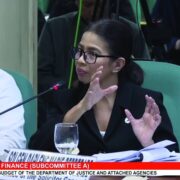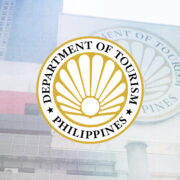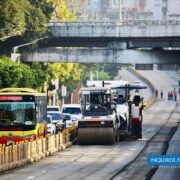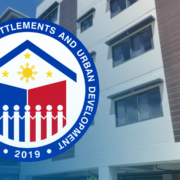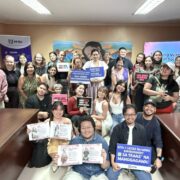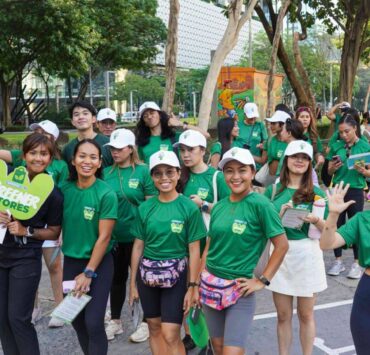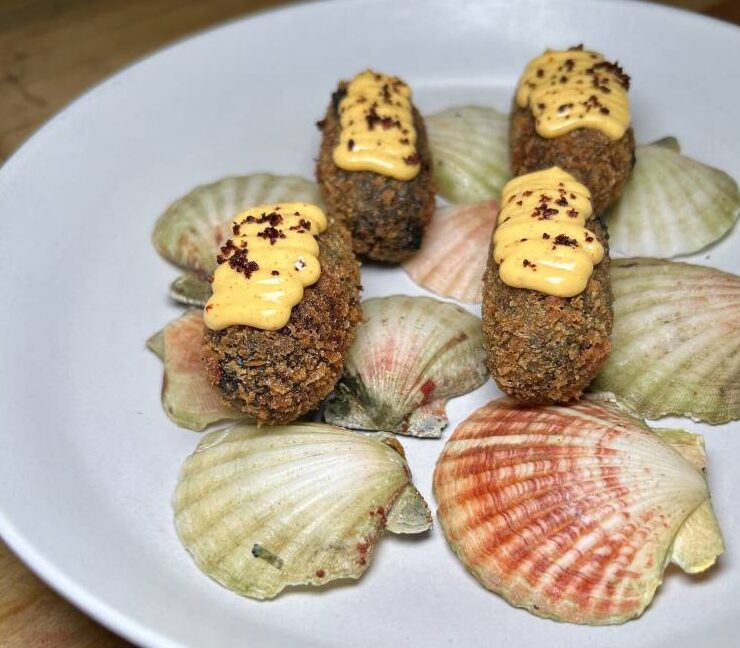Facing two cancers with strength and humor
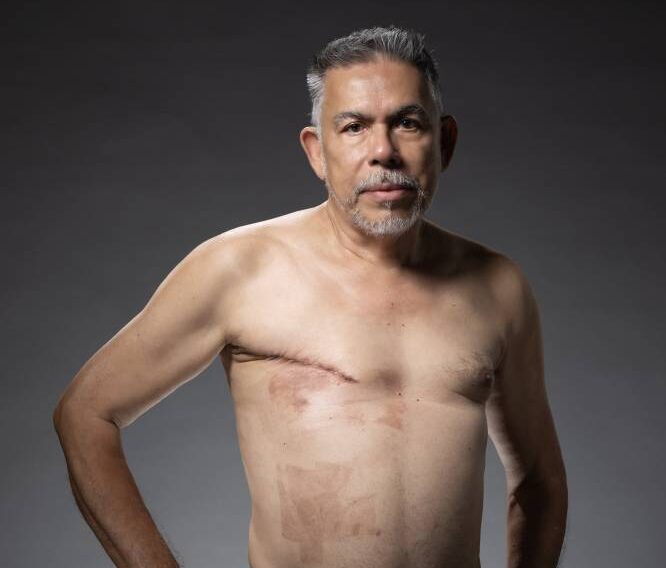
If seven is a lucky number, then 70 is 10 times luckier. This adage resonates with photographer Wig Tysmans, 72, who faced a double whammy within six months. He underwent two surgeries: first for prostate cancer, and then for breast cancer, a rare condition in men.
Fortunately, he had access to top medical professionals, a close-knit family, and a strong network of friends, enabling him to continue working and traveling to Europe between these procedures. Now, Tysmans has photographed himself revealing his mastectomy scars. He belongs to the 1 percent of men globally affected by breast cancer, a diagnosis often linked to family cancer history and hormonal imbalance.
Tysmans explained that his parents’ history with cancer meant his diagnosis wasn’t a complete shock. His mother first had lung cancer, but ultimately died from lymphoma after 20 years. Even though his father died of cirrhosis, he understood that inheriting certain genes can raise cancer risk.
In January 2024, a routine executive medical examination, conducted for travel insurance purposes, revealed an elevated prostate-specific antigen (PSA) level of 5.7 ng/mL in Tysmans. This value exceeded the standard upper limit of 4 ng/mL. Upon his return from Europe in February, a follow-up PSA test indicated a significant increase to 11.5 ng/mL.
Tysmans consulted with his close friend, Dr. Joven Cuanang, former chief medical director of St. Luke’s Medical Center, who recommended urologist Dr. Dennis Serrano, the institution’s president and CEO. Despite Dr. Serrano’s travel schedules, consultations were arranged.
In April, Dr. Serrano conducted a physical examination, noting a significant enlargement of Tysmans’ prostate gland. Subsequent magnetic resonance imaging (MRI) revealed suspicious areas, indicating potential malignancy. Two months later, an MRI-guided prostate biopsy was performed, which identified five cancerous foci out of the 15 tissue samples obtained. Dr. Serrano subsequently presented Tysmans with a six-month window to decide on his course of cancer treatment.
Meanwhile, one summer day, Tysmans experienced pain in his right breast. A physician friend examined the area but did not detect any palpable mass, as the examination focused on the peripheral areas of the breast. Given the temporary nature of the discomfort, he considered the episode inconsequential.
‘Bright spots’
Following a two-month trip in September, Tysmans underwent a PET-CT (positron emission tomography-computed tomography) scan to determine the stage of his prostate cancer and assess for potential metastasis. The scan revealed “bright spots,” areas of increased metabolic activity, consistent with malignancy, in the prostate. Notably, a faint area of increased uptake was also observed in the right breast.
“The light was faint on the breast, but it looked suspicious,” Tysmans noted. While the finding could potentially be caused by a previous trauma, the radiologist recommended an ultrasound of the right breast for further evaluation.
“We didn’t pursue the breast ultrasound then, as our main concern was the prostate,” Tysmans explained.
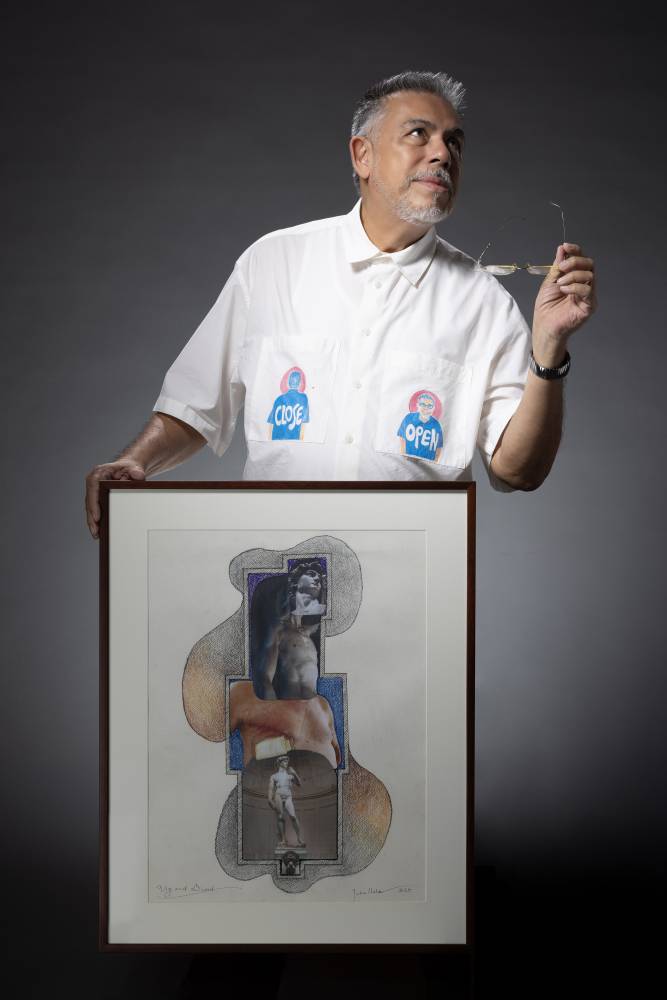
Faced with various treatment options for his Stage 2 prostate cancer, Tysmans opted for surgery after consulting with friends who had undergone similar procedures. Trusted physician friends, including plastic surgeon Dr. Florencio Lucero and Dr. Cuanang, advised surgery.
In late November, he proceeded with a robotic prostatectomy (surgical removal of the prostate gland) at St. Luke’s Global City.
Dr. Serrano reassured him, “You don’t have to worry. You’re probably my 800th patient.”
The benefits of robotic surgery included a minimally invasive approach, enhanced precision, reduced risk of complications, and improved cancer control. Tysmans recalled, “My recovery was fast. I was discharged from the hospital within three days.”
The surgical procedure was followed by an analysis of the removed prostate tissue and adjacent structures to determine the extent and characteristics of the cancer. Two lymph nodes were also removed and subsequently tested negative for metastasis. The final pathology report indicated that the cancer was confined to the prostate gland, with no evidence of spread beyond the organ, thus removing the need for additional treatments then.
However, another health concern arose. In early February of this year he went on a bonding trip with his wife and daughter to Europe. One evening in Paris, Tysmans experienced a sudden, needle-like pain in his right breast that radiated to the center of his chest.
Heart attack?
“I thought I was having a heart attack,” he recalled. While the pain subsided the following day, he noticed a retraction of his right nipple, and remembered the radiologist’s earlier recommendation for a breast ultrasound.
Upon returning home, Dr. Cuanang and Dr. Serrano suggested consulting surgical oncologist Dr. Arturo S. De La Peña, Dr. Serrano’s predecessor. An ultrasound revealed a 1.8 cm malignant tumor beneath the nipple, which likely explained its non-detection during a previous physical examination. By the end of March, Tysmans underwent a mastectomy, involving the removal of his right breast and 14 axillary lymph nodes, none of which showed signs of cancer. The malignancy was contained within the breast tumor itself.
During his hospital recovery, an old friend, a three-time cancer survivor, was among the first to reach out. Tysmans remembered often teasing her about her multiple surgeries. “I’m now a member of your club,” he quipped. Her best friend playfully offered silicone implants with nipples, to which he jokingly replied with a request for a pink one.
As his April 15 birthday approached, his wife, Carole, and an artist friend, Kat Garcia, enlisted other creatives to produce breast-themed artworks as a surprise. Tysmans received a variety of interpretations, including a pacifier with a pearl dangling from the nipple by painter Sandra Gfeller, and a bikini with a missing bra cup from another artist.
The aftermath of the surgery was quite raw, with dressings and residual drainage, Tysmans described. Ever the visual chronicler, he began documenting his post-operative recovery. Carole photographed him in the hospital, capturing the fresh surgical wounds. This image was then given to artist Phyllis Zaballero, who created a poignant collage juxtaposing his bandaged chest over Michelangelo’s David.
Carole continued to collect nipple-themed artwork from friends. “I believe this art will continue to evolve,” Tysmans mused. Friends, including sculptor Agnes Arellano, who created nipple sculptures in the past, joined this endeavor.
One final medical step remained: a fluorescence in situ hybridization (FISH) test. This specialized laboratory analysis helps detect genetic abnormalities that can indicate certain cancers. The test was recommended by his oncologist, Dr. Danielle Sacdalan, based in Toronto.
“Fortunately, we had some savings, as I don’t have medical insurance,” Tysmans said. While the costs associated with doctors, hospitalization, and diagnostics were manageable, the use of the surgical robot for his prostatectomy incurred a hefty P550,000 bill.
Facing two cancers demanded immense courage from Tysmans. Yet, he navigated this painful chapter of his life with grace, drawing upon his inner strength, resilience, wisdom, patience, and humor.






